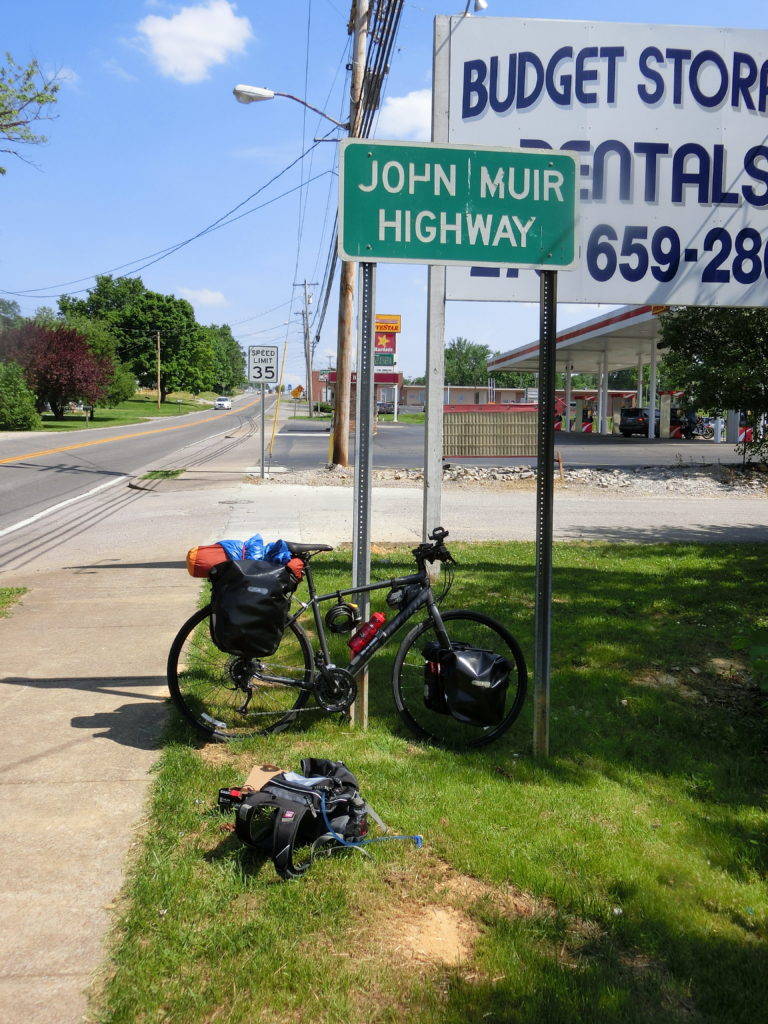Muir's (First) Woods
“In my walk from Indiana to the Gulf, earth and sky, plants and people, and all things… were constantly changing.”
- John Muir, A Thousand-Mile Walk to the Gulf
In 1867 a twenty-nine year old John Muir set out on the longest botanical exploration of his life. After returning to the United States following a brief stint in Ontario (where he and his brother had moved to avoid the Civil War draft) Muir settled in Indianapolis and began work as a sawyer in a wagon wheel factory. However, an injury to his right eye led him to reevaluate the direction his life was heading and he decided that his true calling was his lifelong passion for “botanizing.” So, he promptly abandoned his job in Indiana and began a journey to the Gulf of Mexico, “seeking out the wildest, leafiest, and least trodden way.”

Along his path Muir took note of the people, plants, and landscapes he encountered—notes that would eventually form the basis for his book A Thousand-Mile Walk to the Gulf. His experiences during this journey inspired him to continue exploring, and later preserving, wilderness. He is now considered the father of the American National Park system.
101 years after Muir’s death, the people, plants, and indeed the landscapes themselves have changed extensively along his path from Indiana to Florida.
During Muir’s walk he encountered a broken South, smoldering through the Reconstruction. The traces of war shone on the faces of those who lived through it.
“A few years after a forest has been burned another generation of bright and happy trees arises, in purest, freshest vigor; only the old trees, wholly or half dead, bear marks of the calamity. So with the people of this war-field.”
What does that field look like now? How many trees still stand that Muir once fondly traced them into his sketchbook? How many holes still gather rain where he plucked a handful of roots, pressed them between pages?
In the summer of 2015 I began a journey to retrace the path John Muir walked in 1987, funded in part by a generous grant from the Suzanne Bolch Travel Writing Scholarship. My goal was to see with my own eyes (or, “eye” I should say; like Muir I have limited vision in my right eye due to an accident) how 148 summers will have shifted the experience of undertaking the same minor pilgrimage as John Muir. In following the path Muir took across the southeast, I used his book A Thousand-Mile Walk to the Gulf as a template to hold up against contemporary reality.
I have had a lifelong passion for superficially disparate pursuits: science and creative expression. But as it turns out, I have pursued both interests with the ultimate goal of answering a similar question— how do landscapes shift and what effect do those shifts have on the people, animals, and plants that inhabit the landscape? I was supremely grateful for the opportunity to follow Muir, himself both a scientist and a poet of sorts, on a journey in which I could deeply explore this question. Outlined below is my experience.
*This page is currently under construction*
